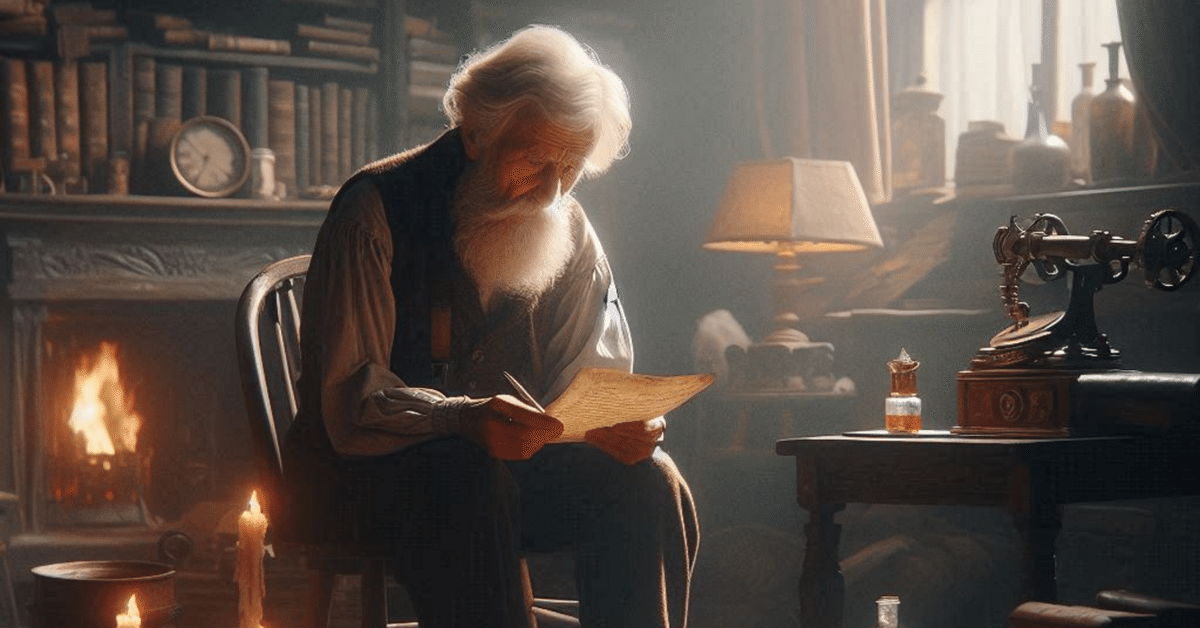
Old Goriot (Père Goriot) by Honore de Balzac
Recommended for:
Anyone interested in social realities: "Père Goriot" provides a sharp depiction of 19th-century French society and class structure. Through the characters' backgrounds and actions, readers can learn about the real aspects of society at that time.
Anyone fascinated by the complexities of human relationships: The relationships between Père Goriot and his daughters, as well as interactions with other characters, delve deeply into themes of familial love, betrayal, and self-interest. This gives readers an opportunity to reflect on human emotions and their intricacies.
Anyone who enjoys historical novels: For those who appreciate historical backgrounds and human drama, "Père Goriot" is ideal. The specific historical setting and detailed descriptions make readers feel as if they are experiencing 19th-century France firsthand.
Anyone interested in literary techniques: Balzac's detailed descriptions, character construction, and storytelling techniques are valuable references for those who want to study literature deeply. His writing style helps deepen understanding and appreciation of literature.
Anyone exploring philosophical themes: This work addresses profound philosophical themes such as fate, free will, and social destiny. This allows readers to gain new perspectives on themselves and society.
Synopsis:
"Père Goriot" depicts a deep human drama through the complex relationships of its characters and their social backgrounds.
Introduction and Character Overview:
The story unfolds in a boarding house in Paris called "Maison Vauquer." Here, various residents with diverse backgrounds live. The protagonist, Eugène de Rastignac, is a young law student from the countryside who dreams of success in Paris. His neighbor, Père Goriot, was once a successful pasta manufacturer but is now living in poverty. Other residents also harbor secrets and ambitions, intertwining their lives as the story progresses.
Rastignac's Growth and Ambition:
Rastignac strongly desires the upper-class lifestyle and strives to establish his position in society. He becomes close to Delphine de Nucingen, Père Goriot's daughter, and through her, steps into high society. However, he also faces moral dilemmas and his own ambitions. In this process, he realizes the harsh, competitive reality of Parisian society and seeks his own path.
The Tragedy of Père Goriot:
Père Goriot's life is marked by unconditional love for his daughters and the resulting tragedy. He has given all his wealth to his daughters, who now neglect and hardly visit him. As his health deteriorates rapidly, only Rastignac and another resident, Victorine Taillefer's brother, take care of him. This part of the story explores themes of parental love, betrayal, and self-sacrifice.
Conclusion and Rastignac's Resolve:
The story concludes with Père Goriot's death and Rastignac's subsequent resolve. Witnessing Goriot's death, Rastignac decides to pursue success in high society, despite realizing its cruelty and selfishness. He solidifies his determination in front of Goriot's grave, challenging Paris, and begins his life as a member of the upper class.
Social Evaluation of the Work:
"Père Goriot" is widely acclaimed for its deep insights and realism. It is part of a series of works known as "La Comédie Humaine" and is one of Balzac's masterpieces.
A Classic of Realism:
The novel is highly regarded as a precursor to realism literature, detailing the complex class structure of 19th-century French society. Balzac's works offer readers strong empathy and insights by meticulously portraying social realities.
Excellence in Characterization:
The characters in "Père Goriot" possess vivid personalities and complex psyches, depicted very realistically. The unconditional love of Père Goriot, Rastignac's ambition, and the desires and conflicts of other characters leave a deep impression on readers.
Sharp Social Critique:
The work sharply criticizes the corruption and inequality of French society at the time. Balzac vividly depicts the cruelty and selfishness of the upper class, exposing the dark side of society. Thus, his work transcends mere storytelling, holding value as social commentary.
Literary Influence:
Balzac's "Père Goriot" influenced many subsequent writers and literary works. His realism and detailed description techniques significantly impacted modern literature, securing an important position in literary history.
Overall, "Père Goriot" remains beloved and studied by readers and scholars alike for its literary value and social insights. Balzac's keen observations and writing continue to leave a lasting impression on those who read his works.
About the Author:
Education:
Honoré de Balzac (April 20, 1799 – August 18, 1850) was a renowned French writer with relatively brief formal education. He attended Lycée Louis-le-Grand in Paris but abandoned his studies to focus on literature. He briefly attended the University of Paris to study law before fully committing to a literary career.
Career:
Balzac was interested in literature from a young age and published his first novel, "Louis Lambert," in 1819. He wrote numerous novels and short stories, notably known for his series "La Comédie Humaine." He also dabbled in journalism, writing under the pen name "Charles-Henri Sanson." His career peaked with widespread readership and acclaim for his works.
Achievements:
Balzac's greatest achievement was his series "La Comédie Humaine," regarded as a significant work in French literature. These works were highly acclaimed for their deep exploration of social and moral themes. His writings provided insights into human nature and societal absurdities, influencing many later writers. Balzac also contributed to the development of realism in French literary tradition.
Notable Works:
Balzac's notable works include "Père Goriot," "Madame Bovary," and "The Secrets of Paris." These works explore complex human psychology and social contradictions, leaving a profound impact on readers. His distinctive realism and deep human understanding continue to be cherished by many.
